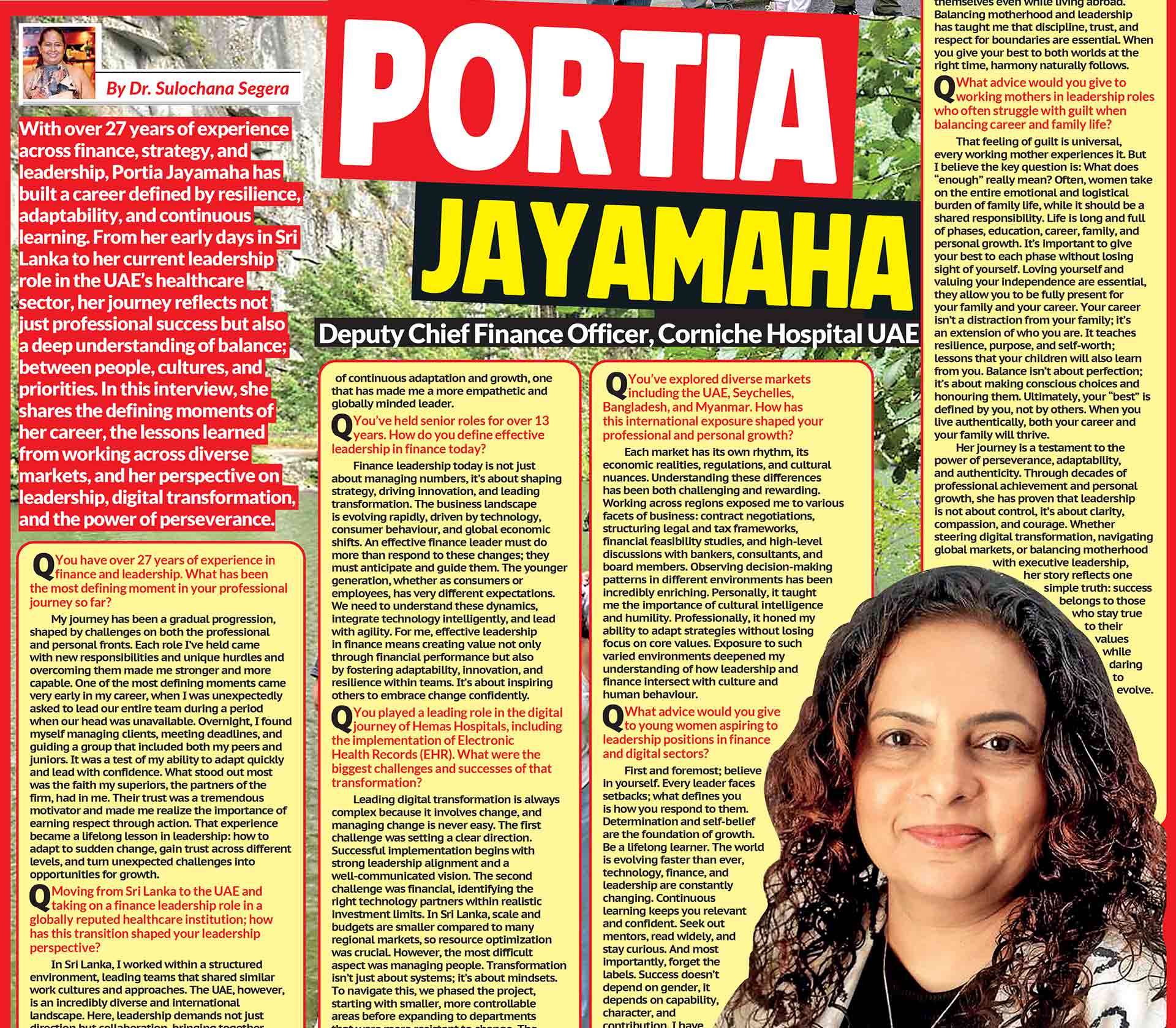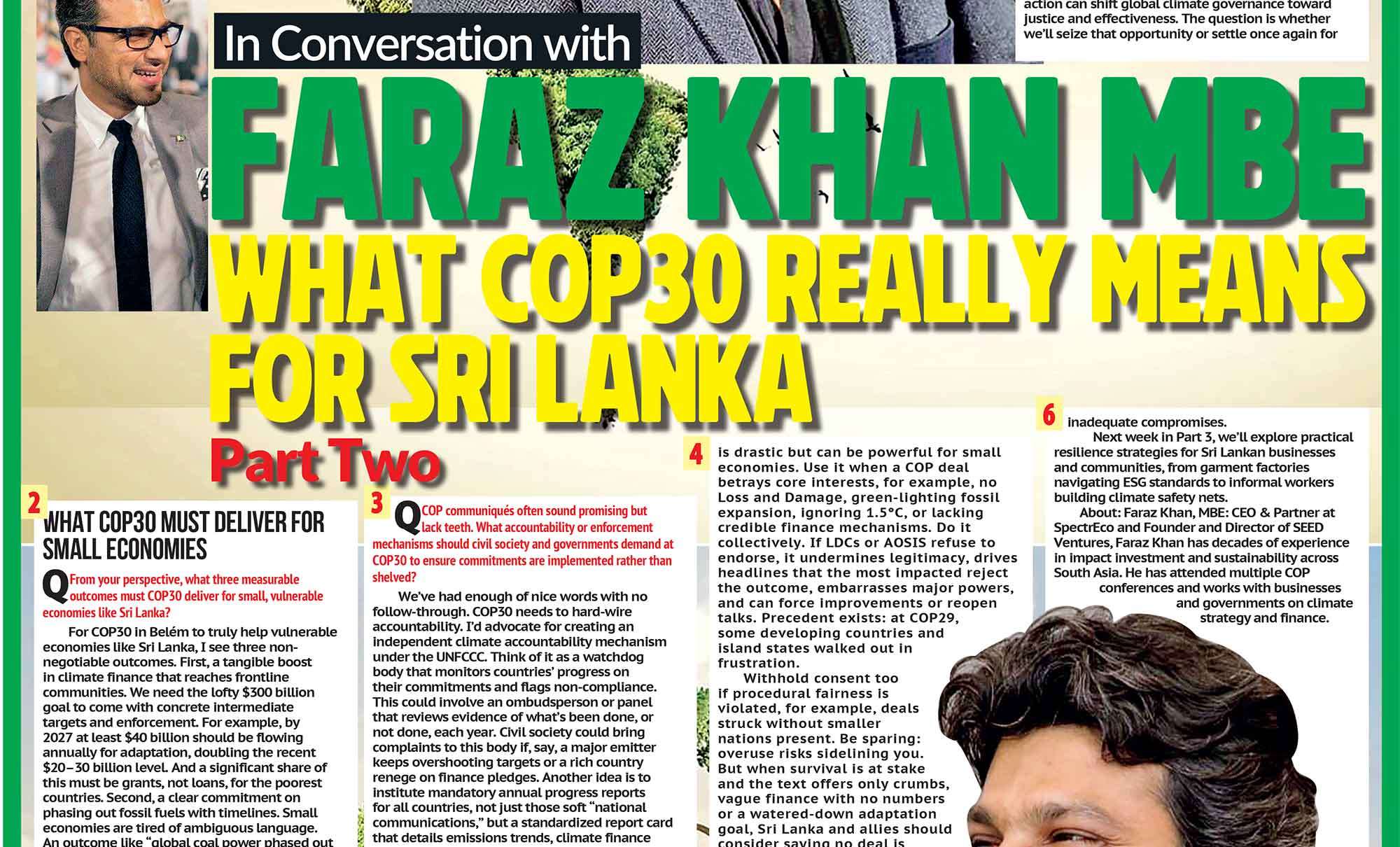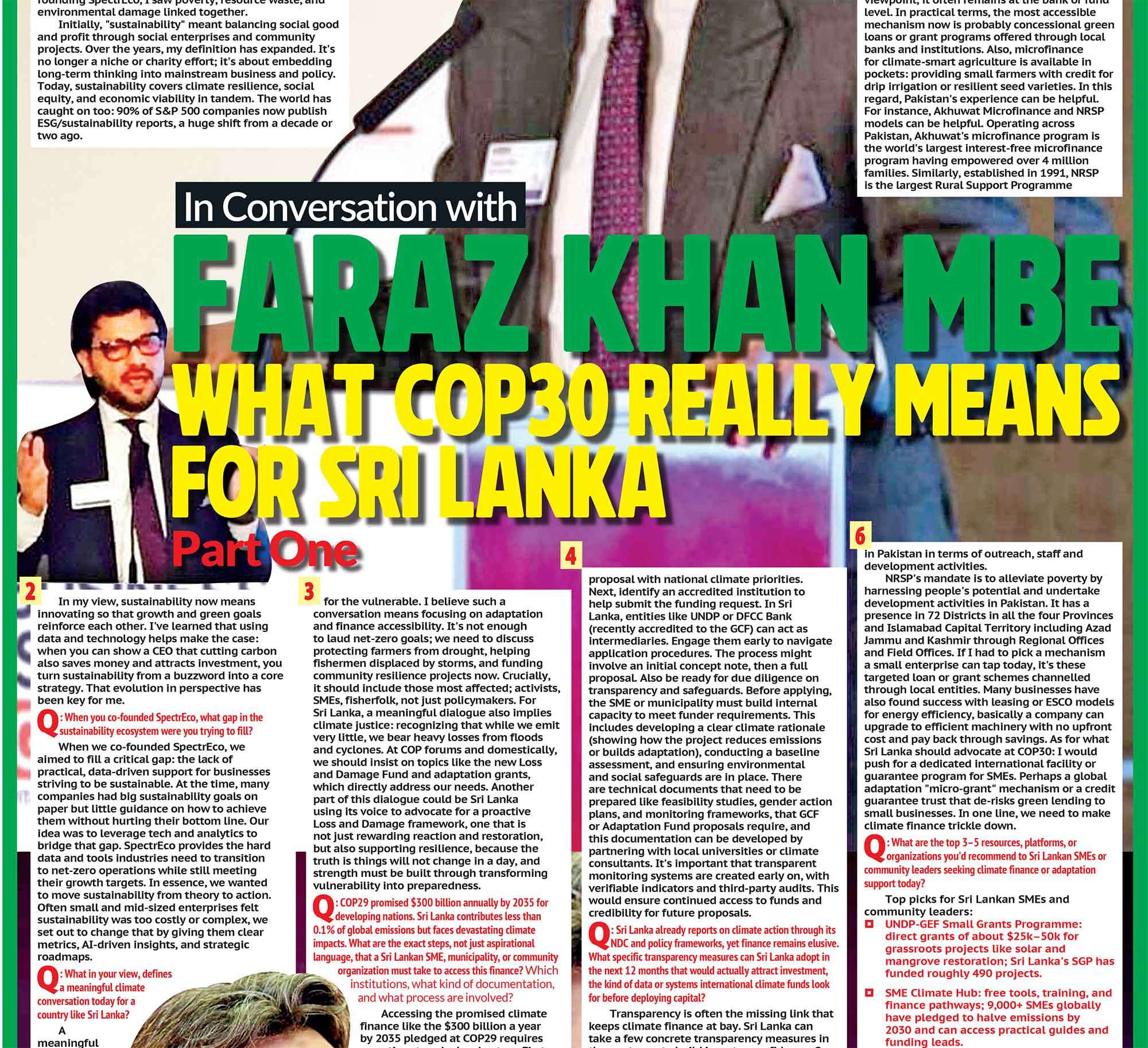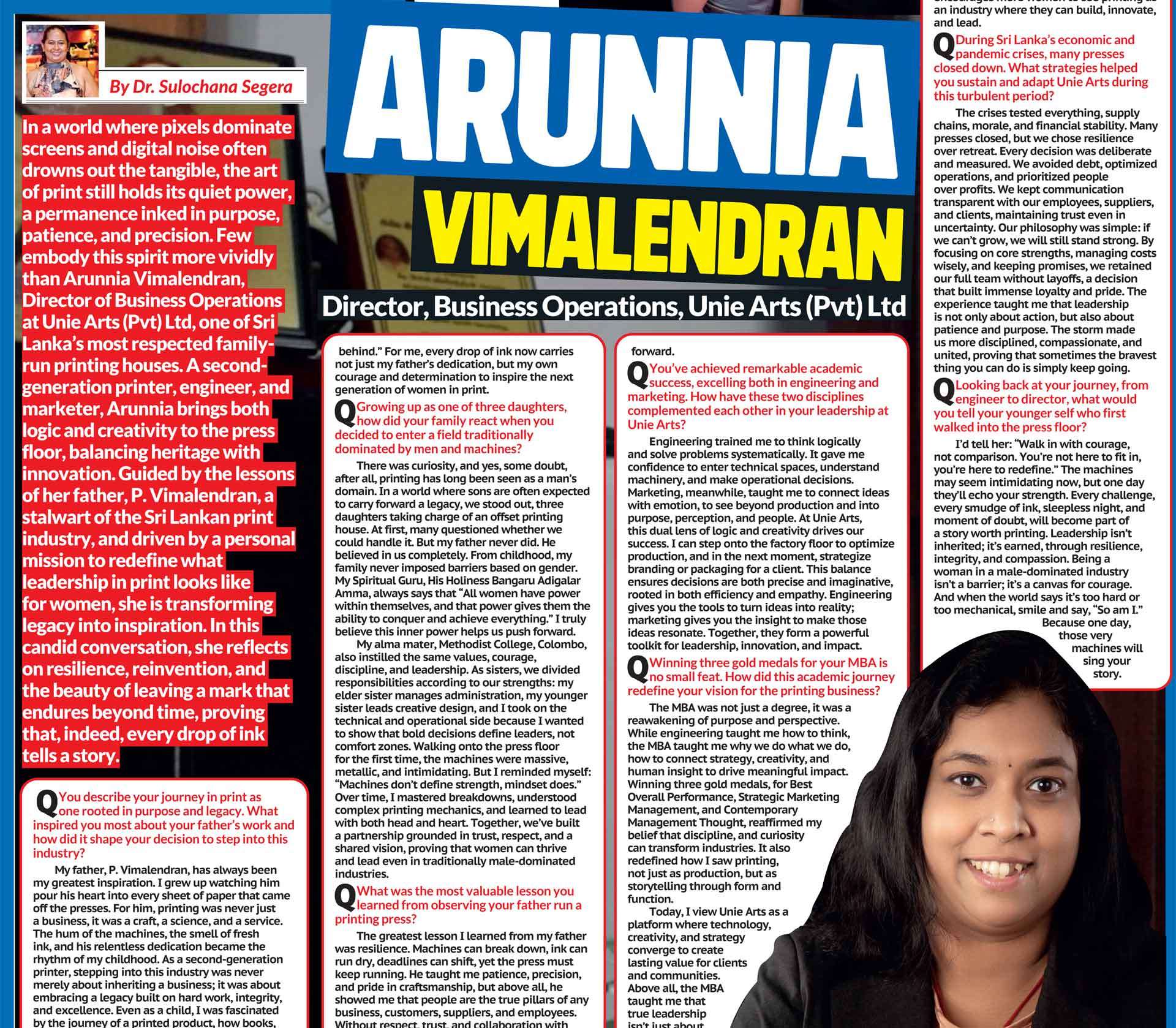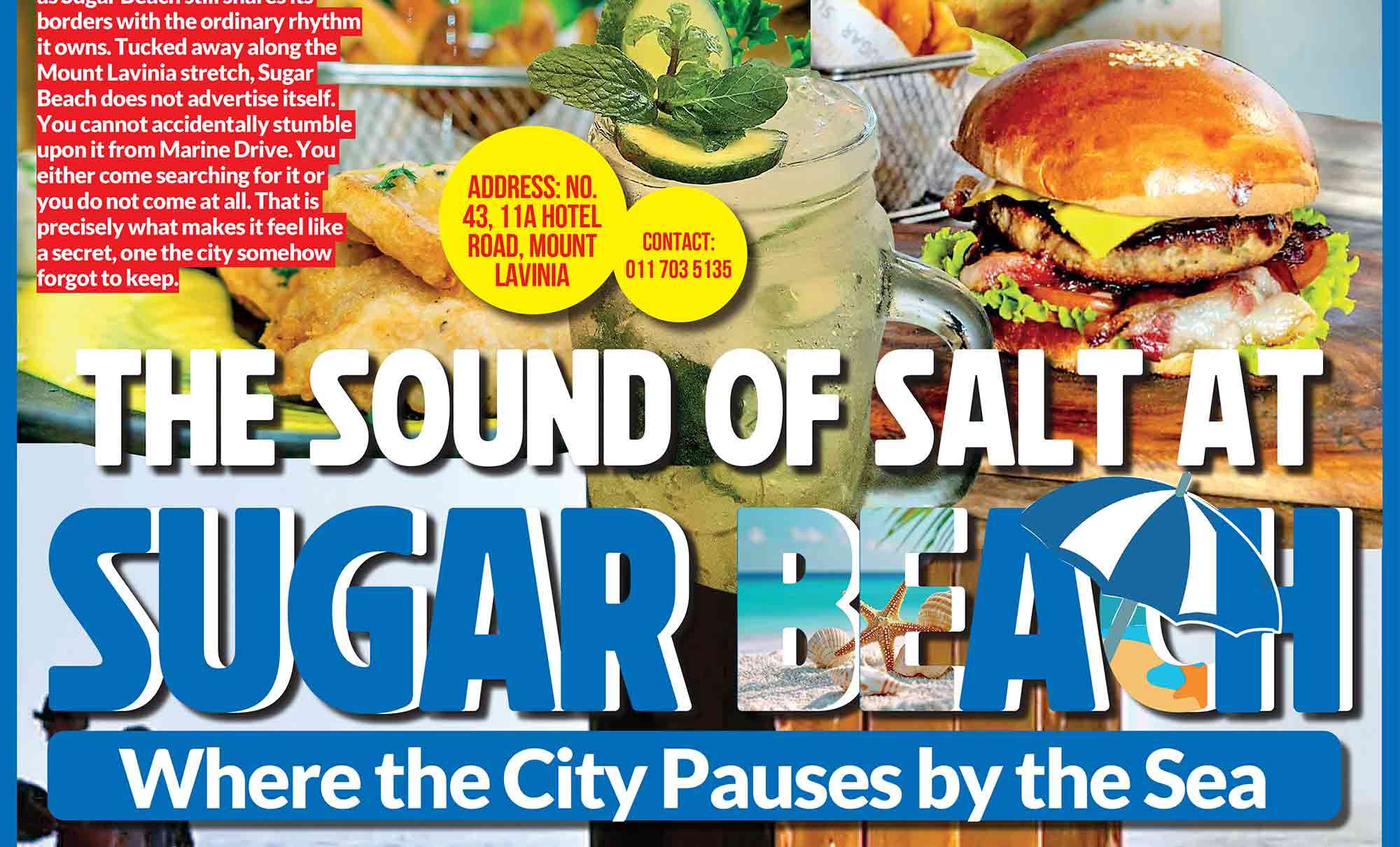
- Namibia is not a place you visit. It’s a place you experience
- Beyond the landscapes, Namibia is also home to some of Africa’s most unique cultures. The Himba people, semi-nomadic herders known for their ochre-colored skin and intricate hairstyles live in the remote regions of northern Namibia
If the Earth ever whispered its secrets, it would do so in Namibia. Tucked away on the southwest coast of Africa, Namibia is one of the world’s most underrated destinations. A land where landscapes seem more like sci-fi movie sets than real geography, Namibia is home to one of the oldest deserts in the world: the Namib Desert. At the heart of this hauntingly beautiful place lies Sossusvlei, a white clay pan surrounded by towering red dunes that stretch like flame-tipped fingers toward the cobalt sky.
Welcome to the whispering dunes of Namibia an untouched canvas of nature where silence speaks louder than words.
Imagine standing at the base of a dune that reaches 300 meters into the air nearly the height of the Eiffel Tower. These aren’t your average sand dunes. The ones in Sossusvlei are ancient, dating back over 5 million years, and their rust-red color comes from iron oxidation over centuries. The older the dune, the redder the sand, a poetic reminder that even dust has a story to tell.
The most famous dune here is “Big Daddy,” a behemoth that rises steeply against the sky. Climbing it is not for the faint of heart, but those who brave the soft, shifting sands are rewarded with a view that feels eternal: oceans of crimson dunes, bleached-white pans below, and a sense of solitude so pure it’s almost spiritual.
Just below Big Daddy lies Deadvlei, one of the most photographed places in Africa. A cracked, sun-baked clay pan dotted with the skeletal remains of ancient camel thorn trees some over 900 years old Deadvlei feels like a place caught between life and death. The trees are blackened by the sun, frozen in time, too dry to decompose. They stand in eerie silence, like forgotten sentinels.
Despite its harsh appearance, the Namib is teeming with life. Look closely and you’ll spot the toktokkie beetle, tapping its bum on the sand to signal to a mate, or the sidewinder snake slithering sideways to avoid the scorching surface. The fog that rolls in from the Atlantic Ocean every morning provides enough moisture for a surprising variety of flora and fauna to survive in what otherwise seems like a lifeless world.
Some animals have developed incredible adaptations. The Namib Desert beetle, for instance, can harvest water by standing on its head and collecting droplets from the fog onto its shell an ingenious solution that could teach even the most advanced engineers a thing or two about sustainable design.
Once the sun dips below the dunes and the sky turns deep indigo, the Namib Desert undergoes yet another transformation. Far from city lights, Namibia is one of the best places in the world for stargazing. Here, the Milky Way doesn’t just decorate the sky it dominates it, stretching from horizon to horizon like a galactic highway.
Lying on your back in the desert sands, the silence around you absolute, the stars above almost too many to count it’s easy to feel like you’re floating in space. The famous NamibRand Nature Reserve is even recognized as an International Dark Sky Reserve, where the night sky is protected from light pollution.
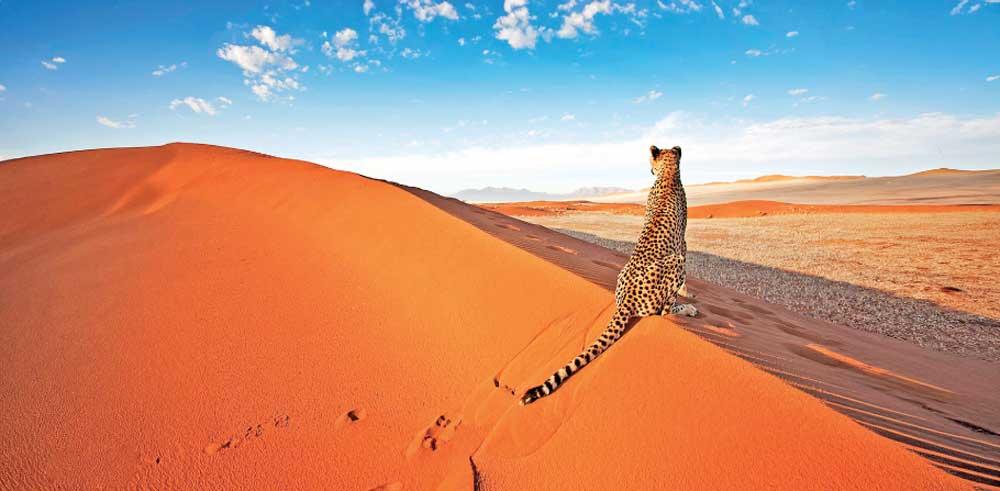
If you think the desert is dramatic, wait until you drive up north toward the Skeleton Coast so named because of the countless shipwrecks scattered along its fog-shrouded beaches. This is where the Namib meets the Atlantic in a violent clash of sand and surf. It’s surreal, bleak, and incredibly beautiful.
Ancient whale bones lie scattered among rusted hulls, while colonies of seals bark in the mist. It feels apocalyptic, like the remnants of a forgotten world. But strangely, it’s also profoundly peaceful. The ocean here doesn’t roar it breathes. And the wind carries with it the stories of sailors who once dared to cross its waters.
Beyond the landscapes, Namibia is also home to some of Africa’s most unique cultures. The Himba people, semi-nomadic herders known for their ochre-colored skin and intricate hairstyles live in the remote regions of northern Namibia. Visiting a Himba village is like stepping back in time.
They coat their bodies in a red paste made of butterfat and ochre not just for protection against the sun, but also as a symbol of beauty and tradition. Their connection to the land is intimate, spiritual, and unbroken. In a world that often rushes to modernize, the Himba choose preservation over progress, holding on to a way of life that has endured for centuries.
There’s something indescribable about the stillness of Namibia. It’s not the absence of noise it’s the presence of something deeper. A feeling of being truly alone yet deeply connected. In the Namib Desert, you become aware of your own breath, your own footsteps. Every sound you make is swallowed by the dunes, and in that silence, you hear the world anew.
It’s easy to forget what real quiet feels like. Namibia reminds you.
Whether you’re a seasoned traveler or someone with just a smartphone and a curious eye, Namibia offers visuals that are hard to beat. The contrast of colors; deep reds, stark whites, infinite blues makes every moment feel like a postcard. The dramatic light, the long shadows, the surreal compositions it’s no surprise that photographers from around the world flock here.
Even a single sunrise over the dunes can yield hundreds of different shots. The shifting sands ensure no two pictures are ever the same. Namibia is a living painting, and every traveler becomes its artist.
Namibia is not a place you visit. It’s a place you experience.
It doesn’t overwhelm you with attractions or dazzle you with commercialized sights. Instead, it whispers through its dunes, its fog, its stars. And if you’re quiet enough to listen, it will tell you stories you’ll never forget.
Whether it’s the ancient trees of Deadvlei standing stoic against time, or the soft, surreal curves of the red dunes under a setting sun, Namibia leaves an imprint. Not just on your camera roll, but on your soul.
So if you’re looking for an interesting place in the world one that offers both alien beauty and timeless wisdom, pack your bags and head to Namibia. Let the desert silence speak to you. And when it does, you’ll never hear the world the same way again.
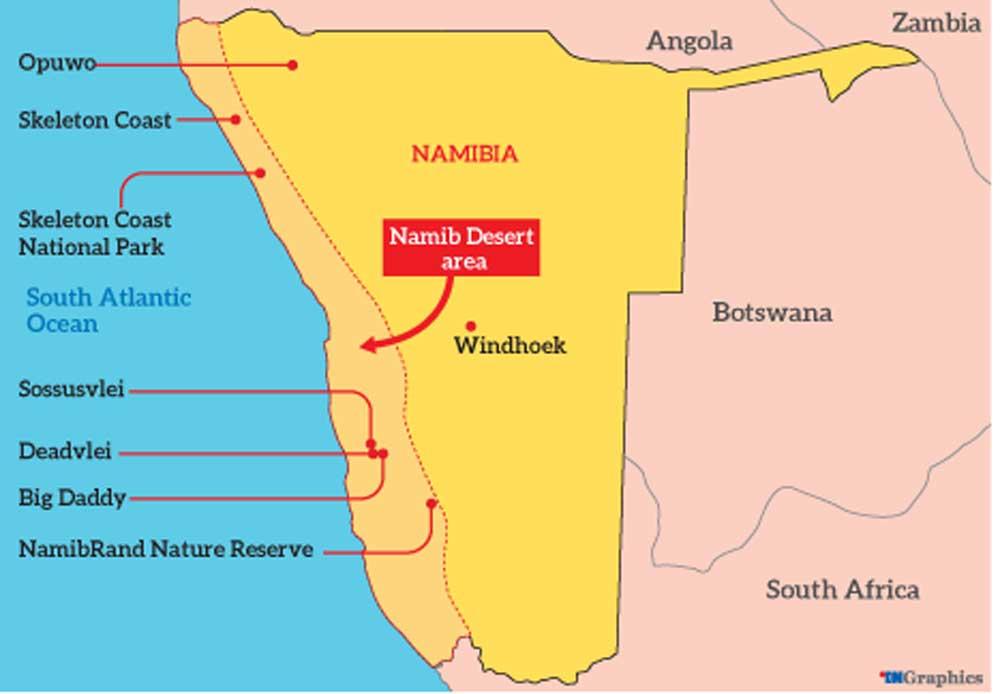
The journey to Namibia begins long before your feet ever touch its sunburnt sands. It starts high in the sky, aboard a metal bird soaring over continents, oceans, and time zones. Most international travelers connect through major hubs like Johannesburg, Addis Ababa, or Doha gateways that link the world to Windhoek, Namibia’s quietly charming capital. As your plane descends into Hosea Kutako International Airport, the world beneath shifts dramatically cities give way to ochre plains, desert dunes ripple like golden waves, and acacia trees cast shadows like secrets on the earth. It's not just a flight; it’s a transition into another rhythm of life slower, wilder, and wonderfully untamed. Namibia doesn’t just welcome you; it reawakens something primal inside you, starting from the very first glance through your airplane window.


